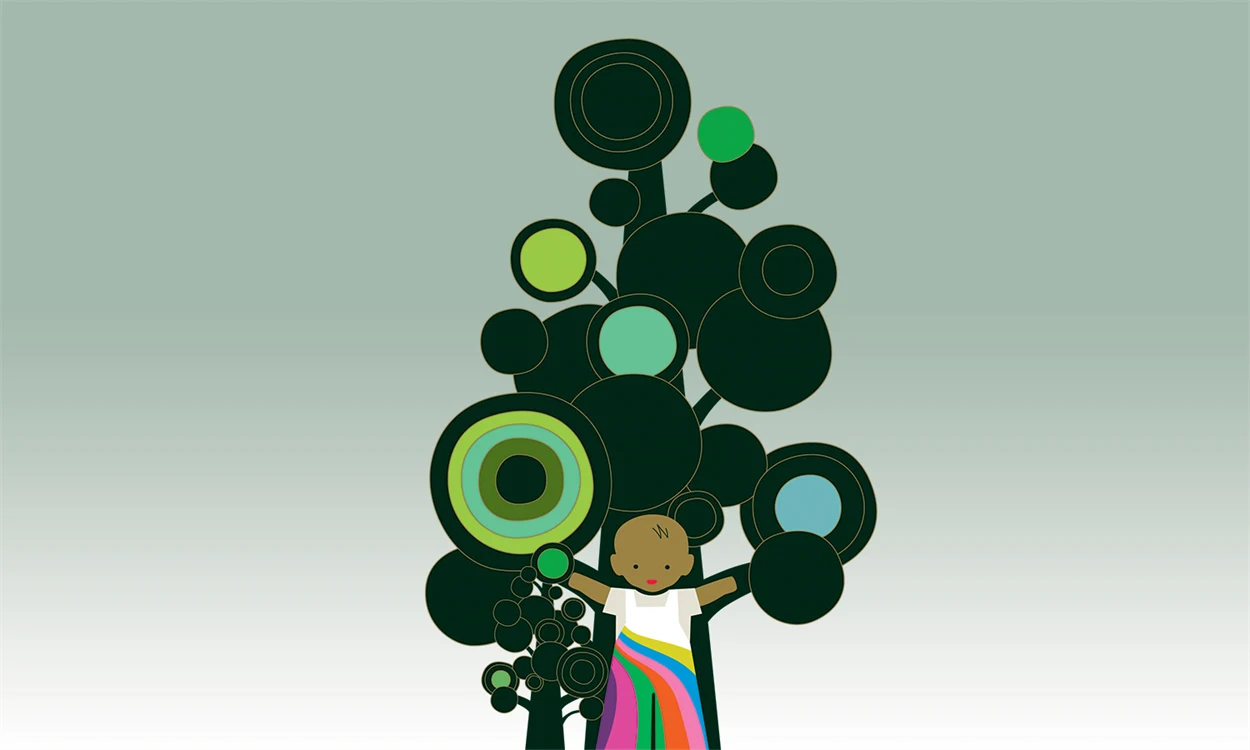“For every tree we log, we plant an average of four new ones,” says Ola Kårén, forest operations and environment manager at Holmen Skog.
Holmen Skog, which is Holmen Iggesund Paperboard’s sister company and supplier of all wood for Invercote paperboard production, plants saplings on around 80 per cent of the cleared land and sows seeds on the remaining 20 per cent. Seeds have many advantages, as they are not only cheaper but result in more trees. But seeds require drier and less rich soil.
For more than a century, Swedish law has required that forest owners reforest the land after logging. “Such demands don’t exist everywhere,” says Kårén. “In many countries forests are expected to grow back themselves. But we want to make sure the forest grows back quickly.”
Kårén explains that it is a common misunderstanding that the forestry industry is only harmful to the environment. “The industry has many positive effects on the environment as well,” he says. “First and foremost, the forestry industry wants to grow forests, and growing trees absorbs and holds carbon dioxide. Wood is also better than other raw products such as steel, concrete and plastic, which require more fossil fuel to produce. Furthermore, our products can be recycled or even replace fossil fuels, for example when scrap lumber is converted to biofuel.”
Holmen Skog has chosen to certify all its forests through the Forest Stewardship Council and the Programme for the Endorsement of Forest Certification Schemes.
Among other things, this means that 5 per cent of the normal logging area is left untouched, and certain old trees are left to age and die naturally in order to maintain diversity in wildlife habitats.
It takes more than 70 years before a tree planted today can be felled. “Those planting the trees can’t be around to cut them down,” Kårén says. “It will be their children or grandchildren.”
Kårén has a theory as to why the forestry industry is able to look so far ahead when other industries’ focus is on maximising earnings immediately. “It is ingrained in lumbermen and women to think in the long term,” he says. “For us, it is obvious that forestry is like farming – you reap what you sow.”
Created 1 January, 2010.


